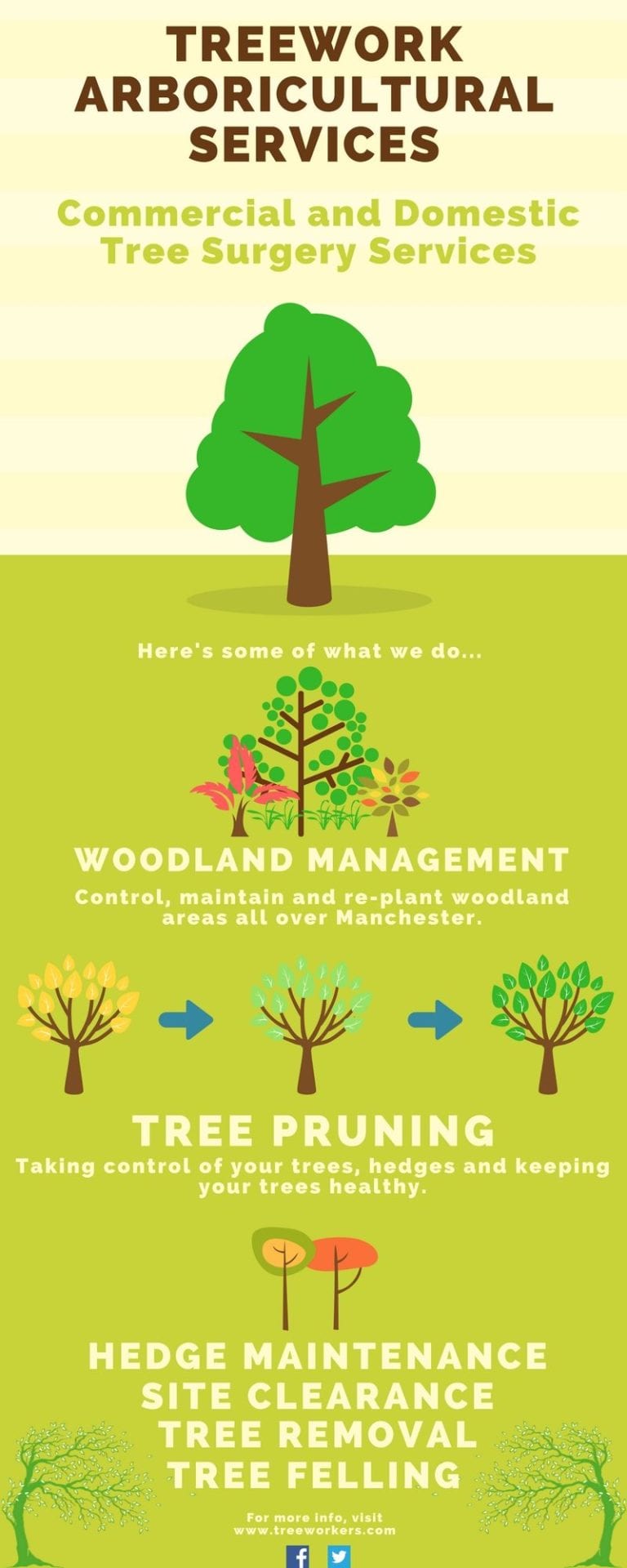The Future Of Trees: How To Identify When Elimination Is Called For
The Future Of Trees: How To Identify When Elimination Is Called For
Blog Article
Article By-Dale Colon
If you've ever wondered about the destiny of the trees on your building, understanding when it's time for removal is vital. However just how do you establish if a tree can be saved or if removal is the only alternative? By searching for certain indicators and reviewing safety and security dangers, you can make enlightened choices that profit both your landscape and your surroundings. Let's discover the vital variables that come into play when making a decision the fate of a tree and how you can make certain the best outcome for your eco-friendly buddies.
Indicators of Tree Decrease
If you see any of the following signs of tree decrease in your backyard, it may be time to think about tree removal.
One usual sign is dead or decaying branches, which can suggest underlying issues influencing the tree's health. Watch out for discolored or shrivelled leaves that linger despite having correct care, as this could be an indication of disease or parasites.
An additional warning signal is extreme leaning or an obvious change in the tree's base, which may recommend root concerns or architectural instability. Keep an eye out for fungal growth on the trunk or roots, as this can indicate rot and endanger the tree's stability.
Additionally, if you observe big fractures in the trunk or major limbs, it's crucial to resolve these issues without delay to stop possible threats. Dealing with these indicators of tree decrease immediately can assist keep the safety and security and aesthetic appeals of your yard environment.
Safety and security Worries
To make certain the wellness of your property and those around you, focusing on safety problems connected to trees is critical. Trees can pose numerous safety risks if not effectively maintained. Dead or rotting branches may fall all of a sudden, threatening people or harmful structures.
Leaning trees can likewise be unsafe, especially if they're leaning in the direction of a building or power lines. Furthermore, trees with substantial root systems near structures or below ground energies can trigger significant damages over time.
https://locksandlocksmithslovelan98642.ageeksblog.com/32007934/discover-the-broader-effects-of-tree-stump-elimination-stressing-exactly-how-it-can-favorably-influence-your-outside-atmosphere-beyond-surface-level-concerns to consistently evaluate your trees for any kind of indicators of potential threat. Keep an eye out for fractures in the trunk, large cavities, or signs of disease and decay. If you see any of these problems, it's finest to consult with an expert arborist to assess the situation and determine the essential strategy.
Taking https://www.countryliving.com/gardening/news/g4183/small-backyard-ideas/ to attend to safety problems promptly can prevent accidents and building damages in the future. Keep in mind, the security of your residential property and those around you must always be the top concern when it concerns tree maintenance.
Consulting an Arborist
When taking into consideration the health and safety of your trees, seeking advice from an arborist is a crucial action. Arborists are trained experts who concentrate on the care and maintenance of trees. https://grocerydeliveryserviceslo00987.vblogetin.com/38719066/the-ecological-results-of-cutting-down-trees-secret-insights-you-required-to-consider can assess the total health of your trees, determine any type of problems such as diseases or architectural troubles, and offer experienced referrals on the most effective strategy.
By speaking with an arborist, you can receive beneficial insights into the condition of your trees and identify whether elimination is needed. Arborists have the understanding and experience to evaluate the threats connected with keeping a tree versus removing it. They can also offer assistance on alternative options, such as pruning, cabling, or supporting, to help preserve the tree whenever feasible.
Moreover, arborists can assist you navigate any kind of neighborhood laws or allows that might be needed for tree removal. Their experience can guarantee that the process is executed safely and in compliance with any applicable regulations.
Final thought
To conclude, when determining whether trees can be saved or if elimination is essential, it is necessary to take into consideration indications of decline and safety and security issues. Consulting an arborist for a detailed assessment is crucial in making the best choice for the tree's health and possible risks. Remember, positive treatment and timely action can help protect trees and stop mishaps.
